Hornet Robberfly Facts
- The Hornet Robberfly is a fly species that has actually evolved to resemble a stinging hornet. This evolutionary camouflage provides remarkable protection.
- Unlike most flies, this one is carnivorous. In addition, it is an opportunistic hunter. They will attack a wide variety of insects including other flies, and even each other.
- The Hornet Robberfly is endemic to a rather extensive geographical range. However, its numbers appear to be dwindling rapidly across the entire range.
- They have also evolved to live in a highly specific environment which is rapidly disappearing. Increased agriculture and urban development are the principal culprits.
Hornet Robberfly Physical Description
As the common name implies, the Hornet Robberfly bears an impressive resemblance to a hornet.
Most of the body is light brown in color, while the abdomen is black. They typically reach 1 in (2.5 cm) in length.
Much of the body is covered in small hairs which are especially thick around the mouth and serve as a form of protection.
Many sharp spines cover the legs and are used to grasp their prey.
The proboscis is relatively short, yet quite powerful. Its purpose is to pierce the bodies of their victims and consume their bodily fluids.
The wings are comparatively weak, making them less than efficient flyers.
- Kingdom: Animalia
- Phylum: Arthropoda
- Class: Insecta
- Order: Diptera
- Family: Asilidae
- Genus: Asilinae
- Species: A. crabroniformis
Hornet Robberfly Habitat and Ecology
The Hornet Robberfly is endemic to a wide swathe of Western Europe but is rapidly disappearing from that range.
This species is dependent upon insect-rich environments for its habitat which consists primarily of pastures and heaths.
They also rely heavily on the droppings of animals. The Hornet Robberfly lays their eggs in the dung because the larvae feed on beetle grubs.
The adults prey on a variety of insects including beetles, bees, wasps, other flies, and even their own kind.
This species is harmless to humans or crops and even serves a valuable purpose. While they are no threat to crops, many of the insects they consume are. Therefore, conservation efforts are currently underway.
Species Sharing Its Range
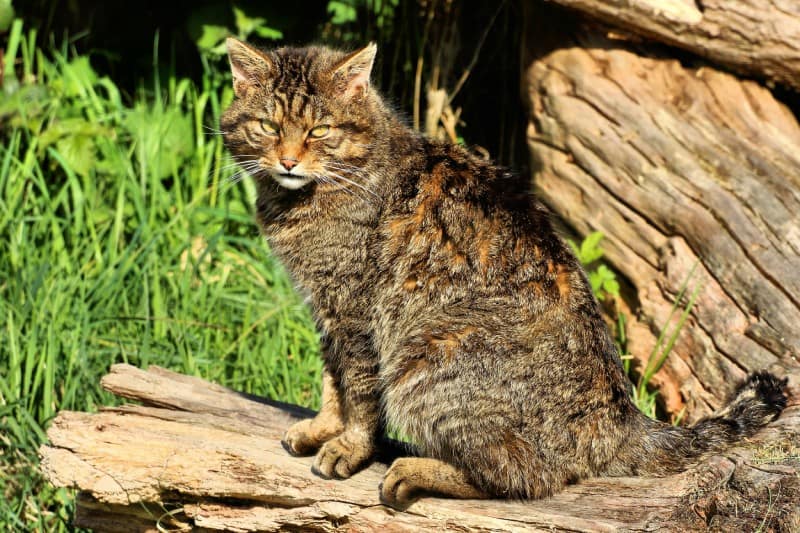
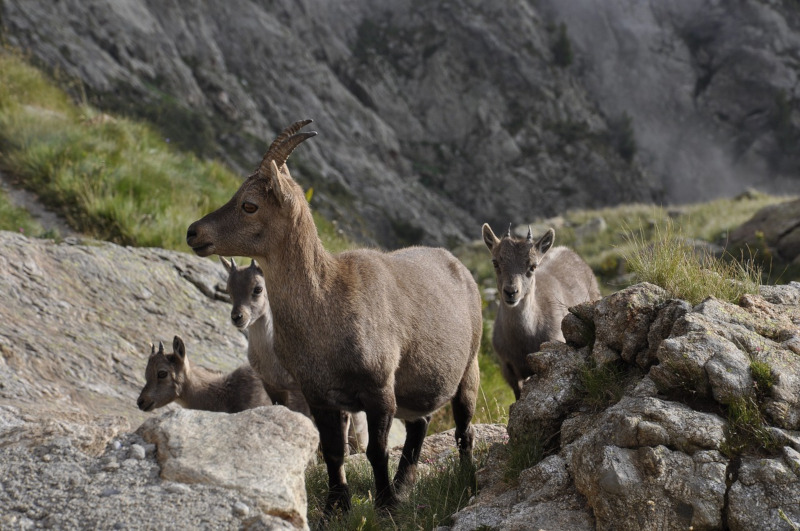
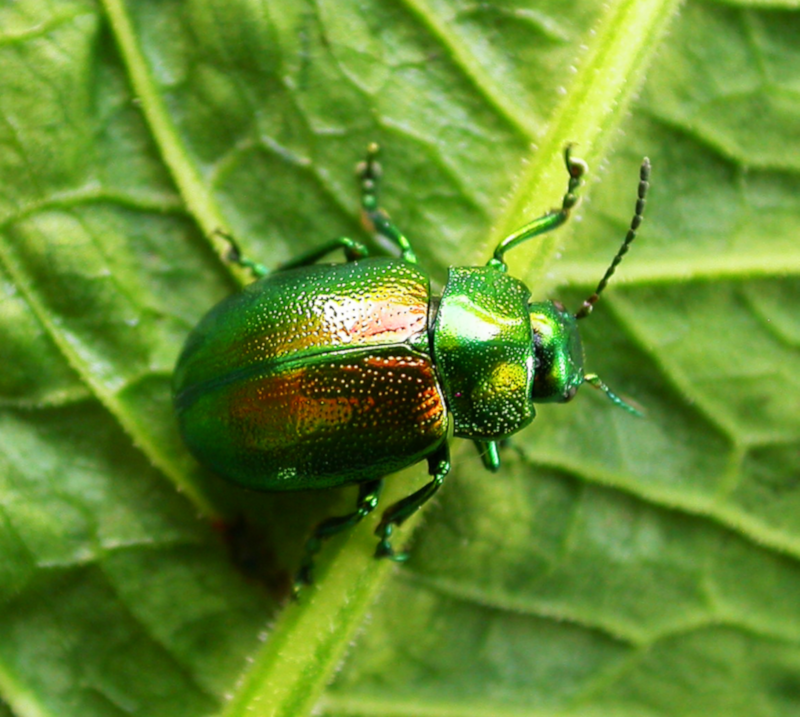
Check out our other articles on 5 Fabulous Gulf of Mexico Fish, North Atlantic Right Whale, Baatara Gorge waterfall, Apple of Sodom, Red Rock Crab, Rose’s Ghost Frog, Little Auk, Black Mamba
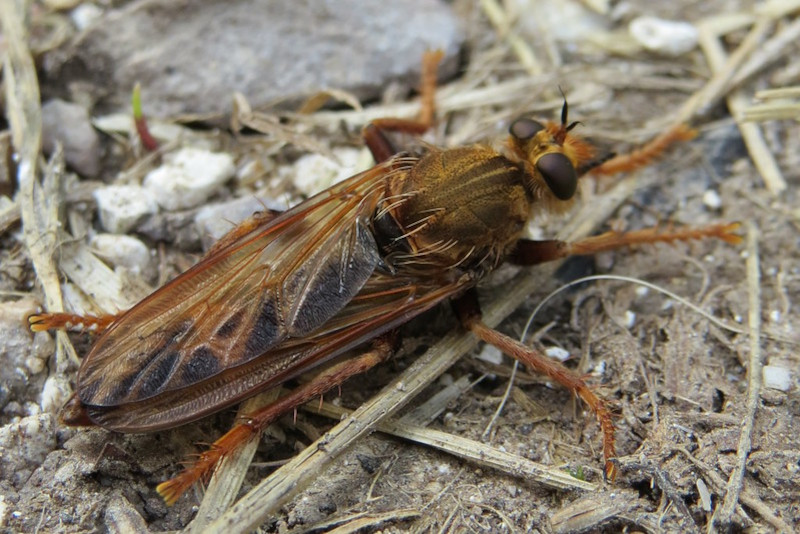
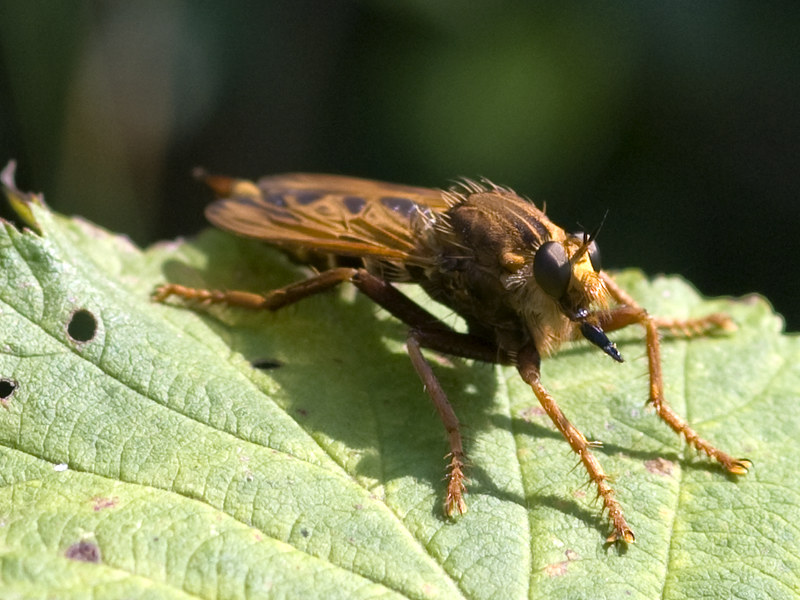
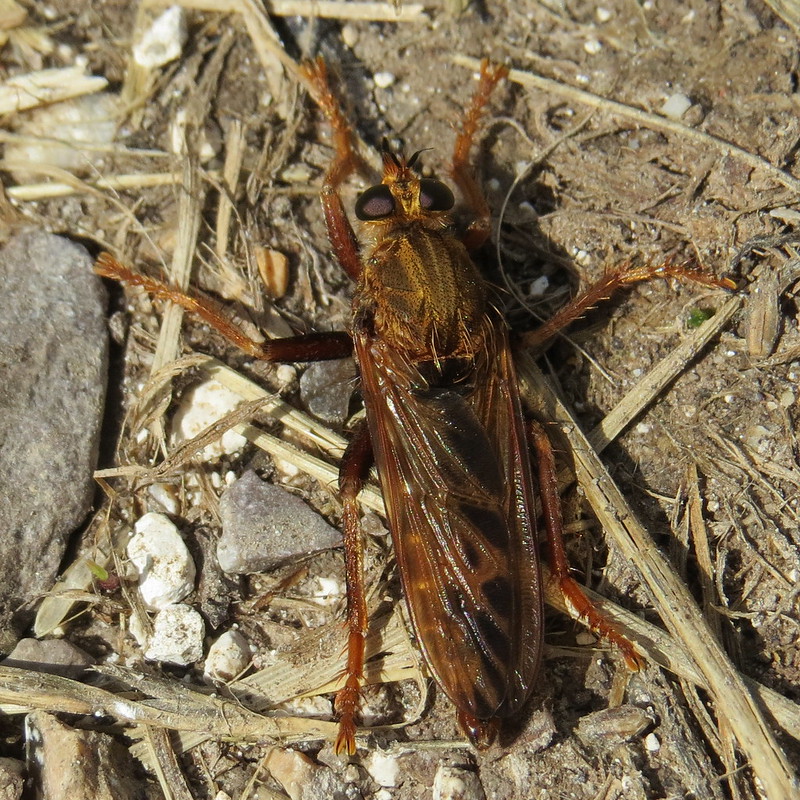









Leave a Reply